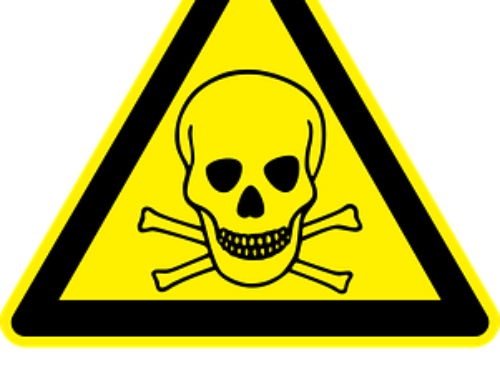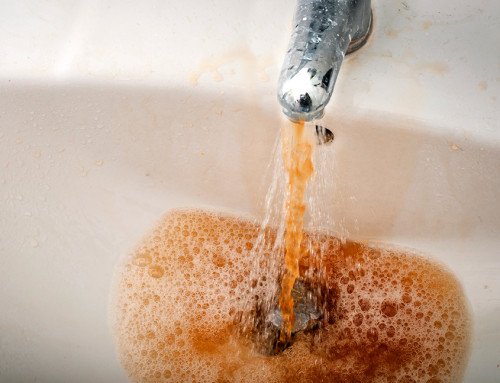Most people in developed countries spend about 90% of the time indoors: at home, at the office, at the gym, even on airplanes or in their cars. On top of that, sometimes levels of air pollution indoors are greater than that outdoors. While billions of dollars have been spent on controlling outdoor air pollution, much less effort and money have been spent on improving indoor air quality.
The National Academies of Sciences, Engineering, and Medicine recently sponsored a workshop entitled “Health Risks of Indoor Exposure to Particulate Matter”. In that workshop, presentations were made on the sources of indoor particulate matter (PM), how to reduce exposures to indoor PM, the health risks of indoor PM exposure, and how personal characteristics of individuals affect those health risks.
Indoor PM can, of course, come from outdoors, but there are many indoor sources as well. Some of these include PM from combustion sources such as tobacco smoking, burning candles or incense, and from gas appliances (hot water heaters, stoves, space heaters, etc.). Indoor PM is also generated from laser printers, mold, and cleaning activities such as dusting and vacuuming.
There are many ways to reduce one’s exposure to indoor PM. Having an efficient heating, air conditioning, and ventilation system with high-efficiency PM filters can reduce the amount of outdoor PM getting indoors. Being judicious on when to have doors and windows open is also important in this regard. Limiting indoor smoking and burning of candles or incense is another way to reduce indoor PM.
Some members of the general population are at greater risk than others. The very young and the very old tend to spend even more time indoors that the average person. When very young children crawl about the floor, they can cause the re-suspension of dust and other PM. In addition to that, their breathing zones are very close to the floor and the re-suspended dust is more easily inhaled. The person who does most of the cleaning and cooking in a home will also have a higher exposure to indoor PM. Also at higher risk are people in lower socioeconomic groups who tend to smoke more, live near busy streets and highways or near industrial areas where outdoor air pollution is higher, and who may live in sub-standard housing that allows more outdoor PM to reach the indoors.
For more information, follow the link www.nationalacademies.org/IndoorPM. There you can obtain a free copy of the workshop summary or purchase a copy of the full workshop report. There is also an informative one-page graphic there on indoor air pollution. If you have any questions about the quality of your indoor air, please contact me.





